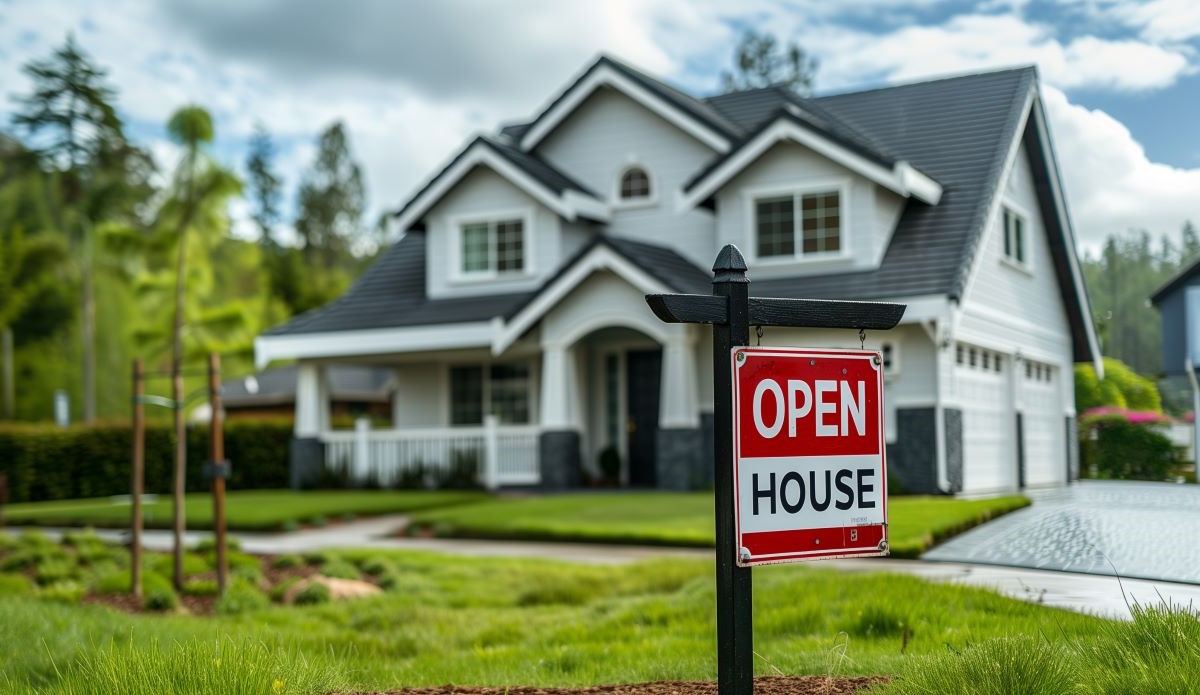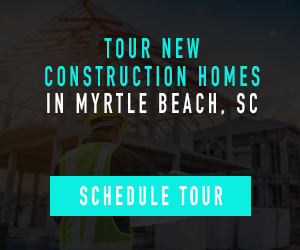
“If home sales today were tracking at the long-run average percentage of total households, the pace would be almost 5.4 million. So compared to the current pace of 4.26 million sales, where did more than a million sales go?”
Fleming attributes the slowdown primarily to homeowners staying put. These people are either locked into their current mortgage rates, older and choosing to stay in their homes, or both. He added that slightly lower rates aren’t enough to incentivize selling.
The story is similar in the new-home market but for different reasons.
Fleming said that new-home sales as a percentage of total households have dropped to about 0.5%, a level also last seen in the early 1990s and well below the long-run average of 0.7%.
If new-home sales were keeping pace with the historic average, Fleming said they would be closer to 950,000 sales per year rather than current levels of 676,000.
“The reasons for this decline are different from the existing-home market,” he said. “Builders face less competition due to the chronic housing shortage made worse by the ‘seller’s strike,’ but their construction costs have increased significantly.
“They also have to navigate regulatory restrictions, making it difficult to scale up construction to meet growing demand, let alone reduce the overall housing supply shortage.”
In February, total home sales — both new and existing — reached an annualized rate of 5 million, or 3.7% of total households. This is 1.1 percentage points below the historic pre-pandemic average of 4.8%, according to Fleming.
He said this puts today’s housing market at sales levels similar to the early 1980s, apart from the brief dip in 2010 that followed the expiration of a first-time homebuyer tax credit.
“Comparing today’s home sales to those in the past without considering the growth in the overall market size is like comparing today’s apples with yesterday’s oranges,” Fleming said. “The total number of U.S. households, which represents the demand for homes, is constantly growing.
“So an annual pace of 4 million existing-home sales today is, relatively speaking, much weaker than the same number 15 years ago, given the increase in demand. Today, there are 132 million households, compared to 112 million households 15 years ago, an 18% increase in demand.”
First Time Home Buyer FAQs - Via HousingWire.com










